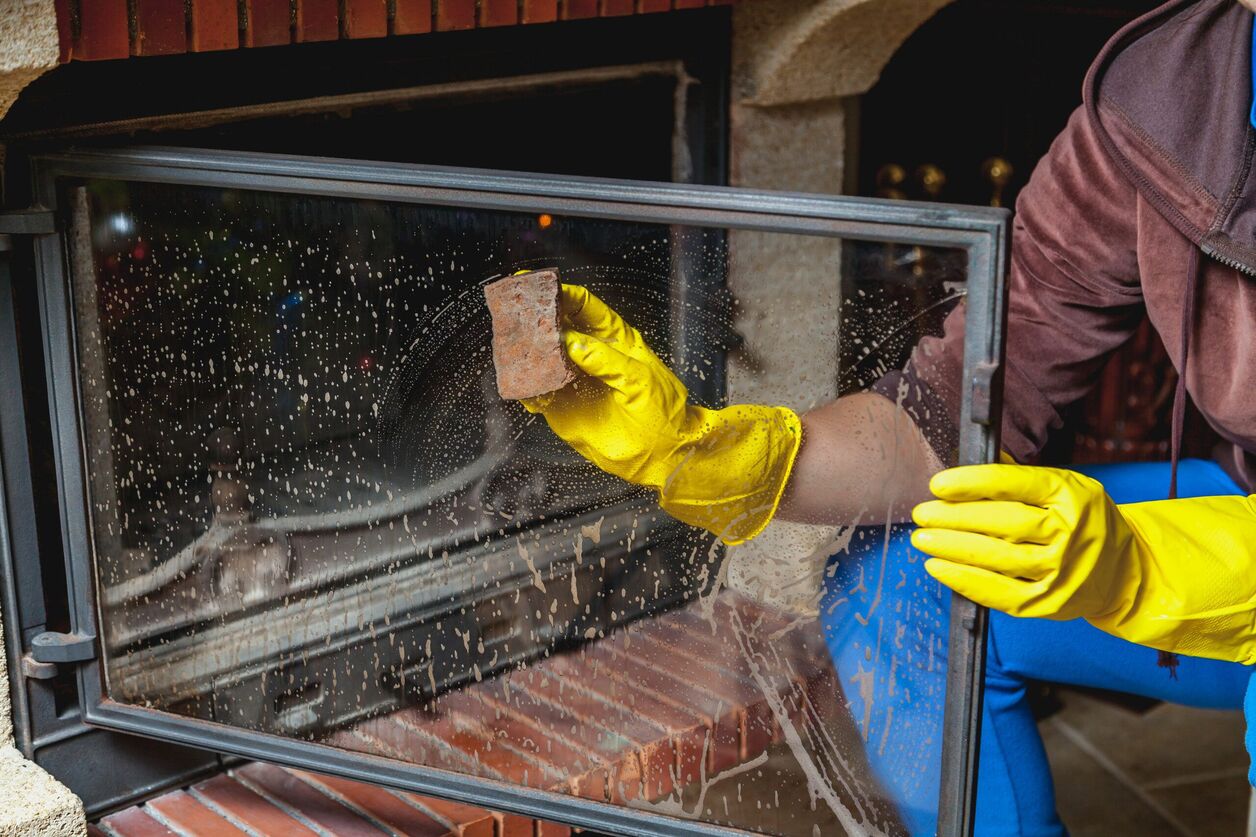

Articles
How Do You Clean A Fireplace
Modified: February 23, 2024
Learn the best techniques and tips for cleaning a fireplace in this comprehensive articles. Keep your home cozy and safe with regular fireplace maintenance.
(Many of the links in this article redirect to a specific reviewed product. Your purchase of these products through affiliate links helps to generate commission for Storables.com, at no extra cost. Learn more)
Introduction
A fireplace adds warmth and ambiance to any home, creating a cozy atmosphere during the colder months. However, to keep your fireplace functioning efficiently and looking its best, regular cleaning is essential. Cleaning a fireplace may seem like a daunting task, but with the right tools and techniques, it can be a straightforward and rewarding process.
In this article, we will guide you through the steps of cleaning a fireplace, from gathering the necessary tools to ensuring safety throughout the process. Whether you have a traditional wood-burning fireplace or a modern gas fireplace, these tips will help you maintain a clean and well-maintained hearth.
Key Takeaways:
- Regular fireplace cleaning not only improves its overall performance but also enhances its longevity. It also allows you to enjoy the comforting ambiance of a clean and well-maintained fireplace, while ensuring the safety of your home and loved ones.
- By following the necessary steps and taking the time to properly clean both the interior and exterior of your fireplace, you can enjoy a well-maintained and visually appealing hearth all year round.
Read more: How Do You Paint A Brick Fireplace
Tools and Materials Needed
Before you begin cleaning your fireplace, it’s important to gather the necessary tools and materials. Here’s a list of what you’ll need:
- Protective gear: Depending on the task and the level of dirt, you might want to wear gloves, safety goggles, and a dust mask to protect your hands, eyes, and respiratory system.
- Ash container: A sturdy metal container with a tight-fitting lid will be needed to safely store and dispose of the ashes.
- Scoop or shovel: A scoop or shovel will help you remove the ashes and debris from the fireplace.
- Brush and broom: A stiff-bristle brush and a broom are essential for cleaning both the interior and exterior of the fireplace.
- Vacuum cleaner: A vacuum cleaner with a hose attachment will come in handy for removing fine dust and debris.
- Fireplace cleaner: A specialized fireplace cleaner or a mixture of water and mild dish soap can be used to clean the fireplace’s interior and accessories.
- Scrub brush or sponge: A scrub brush or sponge will help you scrub away any stubborn stains or buildup.
- Old towels or rags: Keep some old towels or rags handy to wipe away excess water or cleaning solution.
Having these tools and materials ready beforehand will ensure a smooth and efficient cleaning process.
Preparation Before Cleaning
Before you start cleaning your fireplace, it’s important to take a few preparatory steps to ensure a safe and effective cleaning process:
- Ensure safety: First and foremost, make sure the fireplace is completely cooled down. Wait at least 24 hours after your last fire before attempting to clean the fireplace. This will prevent any accidental burns or injuries.
- Protect the area: Place a drop cloth or old sheets around the fireplace area to protect your flooring or carpet from any debris or cleaning solutions that may spill.
- Remove any remaining ashes: Use a scoop or shovel to carefully remove any remaining ashes from the fireplace. Place them in a metal ash container with a tight-fitting lid. Remember to place the container outside and away from any flammable materials, as ashes can retain heat for several days.
- Inspect for damage: Take a moment to inspect the interior and exterior of the fireplace for any signs of damage, such as cracks or loose bricks. If you notice any significant damage, it’s best to consult a professional before proceeding with the cleaning.
- Open the damper: Check that the damper is fully open to allow for proper ventilation during the cleaning process. This will prevent any harmful fumes or smoke from entering your home.
- Protect yourself: Put on protective gloves, safety goggles, and a dust mask to shield yourself from dirt, debris, and potential irritants.
By following these preparation steps, you will create a safe and clean environment for the fireplace cleaning process.
Removing Ashes and Debris
After taking the necessary preparatory steps, it’s time to remove the ashes and debris from your fireplace. Here’s how:
- Use a scoop or shovel: Using a scoop or shovel, carefully scoop out the bulk of the ashes and transfer them to a metal ash container. Be cautious not to stir up dust while doing this.
- Dispose of the ashes: Once the ashes have cooled completely, securely close the lid of the metal ash container. Place the container outside, away from flammable materials, until you can safely dispose of the ashes. Avoid disposing of ashes in plastic bags or other combustible containers, as they can potentially cause a fire.
- Clear out debris: Using a handheld brush or vacuum cleaner with a hose attachment, gently sweep or vacuum out any remaining ashes, soot, or loose debris from the fireplace or hearth. Be thorough but careful not to damage the firebox or surrounding surfaces.
It’s important to note that a small amount of ash residue left behind in your fireplace can help with insulation and improve the fire’s combustion. Therefore, it’s not necessary to remove every trace of ash during the cleaning process.
By removing the ashes and debris, you create a clean foundation to proceed with the overall cleaning of your fireplace.
Cleaning the Fireplace Interior
Now that you have removed the ashes and debris, it’s time to clean the interior of your fireplace. Follow these steps to ensure a thorough cleaning:
- Prepare a cleaning solution: Mix a small amount of mild dish soap or a specialized fireplace cleaner with warm water in a bucket. Avoid using harsh chemicals, as they can be harmful when exposed to heat or burn marks.
- Scrub the interior: Dip a scrub brush or sponge into the cleaning solution, then scrub the interior walls of the fireplace. Pay special attention to any stained or sooty areas, using firm but gentle pressure. Rinse the brush or sponge frequently and change the cleaning solution if it becomes too dirty.
- Remove stubborn stains: For stubborn stains or buildup, you can create a paste by mixing baking soda and water. Apply the paste to the stained areas and let it sit for a few minutes before scrubbing it away with the brush or sponge.
- Rinse and wipe: After scrubbing, rinse the interior walls of the fireplace with clean water to remove any cleaning solution residue. Use old towels or rags to wipe away excess water and ensure that the interior is dry. Moisture left in the fireplace can lead to mold or mildew growth.
It’s important to note that scrubbing too vigorously or using abrasive materials can damage the fireplace’s interior surfaces. Take care to maintain the integrity of the bricks or other materials while cleaning.
By following these steps, you can effectively clean the interior of your fireplace and remove any built-up soot or stains.
To clean a fireplace, start by removing ashes and debris with a shovel and brush. Then, use a fireplace cleaner and scrub the interior with a stiff brush. Finally, wipe down the surrounding area with a damp cloth.
Read more: How Do You Build An Outdoor Fireplace
Cleaning the Fireplace Exterior
In addition to cleaning the interior of your fireplace, it’s essential to give attention to the exterior surfaces as well. Follow these steps to clean the fireplace exterior:
- Remove loose debris: Use a brush or broom to sweep away any loose debris or cobwebs from the exterior surfaces of the fireplace. Pay attention to corners and hard-to-reach areas.
- Mix a cleaning solution: Prepare a mixture of mild dish soap or a specialized fireplace cleaner with warm water in a bucket.
- Scrub the exterior surfaces: Dip a scrub brush or sponge into the cleaning solution and gently scrub the exterior surfaces of the fireplace. Focus on areas that show signs of dirt, soot, or stains. Use circular motions and apply gentle pressure to avoid damaging the surfaces.
- Rinse with water: Once you have thoroughly scrubbed the exterior, rinse the fireplace surfaces with clean water to remove any cleaning solution residue.
- Dry and shine: Use old towels or rags to dry the exterior surfaces of the fireplace. By drying it thoroughly, you can restore the shine of the materials and prevent moisture-related issues.
- Polish if necessary: If your fireplace has metal accents or embellishments, you may want to use a specialized metal polish to restore their shine. Follow the instructions on the polish product and use a soft cloth to gently buff the metal surfaces.
It’s important to note that the cleaning methods and products may vary depending on the materials used in the construction of your fireplace. Always refer to the manufacturer’s recommendations or consult a professional if you are unsure about the appropriate cleaning techniques for your specific fireplace.
By following these steps, you can ensure that the exterior of your fireplace is clean, well-maintained, and visually appealing.
Cleaning the Fireplace Accessories
In addition to cleaning the fireplace interior and exterior, it’s also important to give attention to the various accessories that accompany your fireplace. Here’s how you can clean these accessories:
- Fireplace grate: If you have a fireplace grate, start by removing it from the fireplace. Use a brush or broom to sweep away any loose debris or ashes from the grate. Then, soak the grate in a mixture of warm water and mild dish soap for a few minutes. Scrub it gently with a brush to remove any stuck-on residue. Rinse it thoroughly with clean water and dry it before placing it back in the fireplace.
- Fireplace tools: Fireplace tools, such as the poker, shovel, and brush, can accumulate dirt and soot over time. Wipe off any loose debris using a cloth or brush. For stubborn stains, you can soak the tools in warm soapy water and scrub them with a brush or sponge. Rinse them thoroughly, wipe them dry, and store them in a clean, dry place.
- Fireplace glass doors: If your fireplace has glass doors, they may become dirty and clouded over time. Begin by removing any loose debris with a soft cloth or brush. Create a cleaning solution by mixing equal parts distilled white vinegar and water. Dampen a cloth with the solution and gently wipe the glass doors, paying extra attention to any stubborn spots or stains. Rinse the glass with clean water and wipe it dry with a lint-free cloth or newspaper for a streak-free shine.
- Mantel and hearth: If your fireplace has a mantel or hearth made of wood, stone, or other materials, dust and grime can accumulate on these surfaces. Dust the mantel and hearth with a soft cloth or use a vacuum cleaner with a brush attachment to remove any loose debris. Use a gentle cleaning solution appropriate for the specific material and follow the manufacturer’s instructions to clean and restore the surfaces. Rinse with clean water and dry thoroughly.
Cleaning the fireplace accessories not only enhances their appearance but also maintains their functionality and prolongs their lifespan. Regular cleaning is crucial to keep these accessories in good condition.
Safety Precautions
When cleaning a fireplace, it’s essential to prioritize safety to prevent any accidents or injuries. Here are some important safety precautions to keep in mind:
- Wear protective gear: Always wear protective gloves, safety goggles, and a dust mask to shield yourself from dirt, debris, and potential irritants.
- Ensure the fireplace is cool: Wait at least 24 hours after the last fire before attempting to clean your fireplace. This ensures that the fireplace has cooled down completely, minimizing the risk of burns or injuries.
- Use proper ventilation: Make sure the damper is fully open to allow for proper ventilation during the cleaning process. This helps to prevent the accumulation of harmful fumes or smoke.
- Avoid using flammable cleaners: Use only mild dish soap, specialized fireplace cleaner, or other cleaning products recommended by the manufacturer. Avoid using flammable, corrosive, or abrasive cleaners that could cause damage or pose a fire hazard.
- Be cautious when working with ashes: When removing ashes, use a scoop or shovel and transfer them to a metal ash container with a tight-fitting lid. Place the container outside and away from any flammable materials. Ashes can retain heat for several days, so it’s crucial to handle them with care.
- Inspect for damage: Before cleaning, inspect the fireplace for any signs of damage, such as cracks, loose bricks, or deteriorating mortar. If you notice any significant damage, consult a professional before proceeding with the cleaning.
- Keep a fire extinguisher nearby: Have a fire extinguisher readily available in case of emergencies. Familiarize yourself with its operation and ensure it is in good working condition.
- Follow manufacturer’s instructions: Different fireplaces may have specific cleaning requirements. Always refer to the manufacturer’s instructions or consult a professional for guidance on cleaning your specific fireplace type.
By following these safety precautions, you can minimize risks and create a safe environment while cleaning your fireplace.
Conclusion
Cleaning your fireplace is not only important for maintaining its appearance but also for ensuring its efficient and safe operation. By following the necessary steps and taking the time to properly clean both the interior and exterior of your fireplace, you can enjoy a well-maintained and visually appealing hearth all year round.
Remember to gather the essential tools and materials before getting started, and take the necessary safety precautions to protect yourself and prevent accidents. Removing ashes and debris, cleaning the interior and exterior surfaces, and paying attention to the fireplace accessories will help you achieve a thorough cleaning process.
Regular fireplace cleaning not only improves its overall performance but also enhances its longevity. It also allows you to enjoy the comforting ambiance of a clean and well-maintained fireplace, while ensuring the safety of your home and loved ones.
By incorporating these cleaning practices into your regular home maintenance routine, you can keep your fireplace in optimal condition and continue to enjoy its warmth and beauty for years to come.
Frequently Asked Questions about How Do You Clean A Fireplace
Was this page helpful?
At Storables.com, we guarantee accurate and reliable information. Our content, validated by Expert Board Contributors, is crafted following stringent Editorial Policies. We're committed to providing you with well-researched, expert-backed insights for all your informational needs.
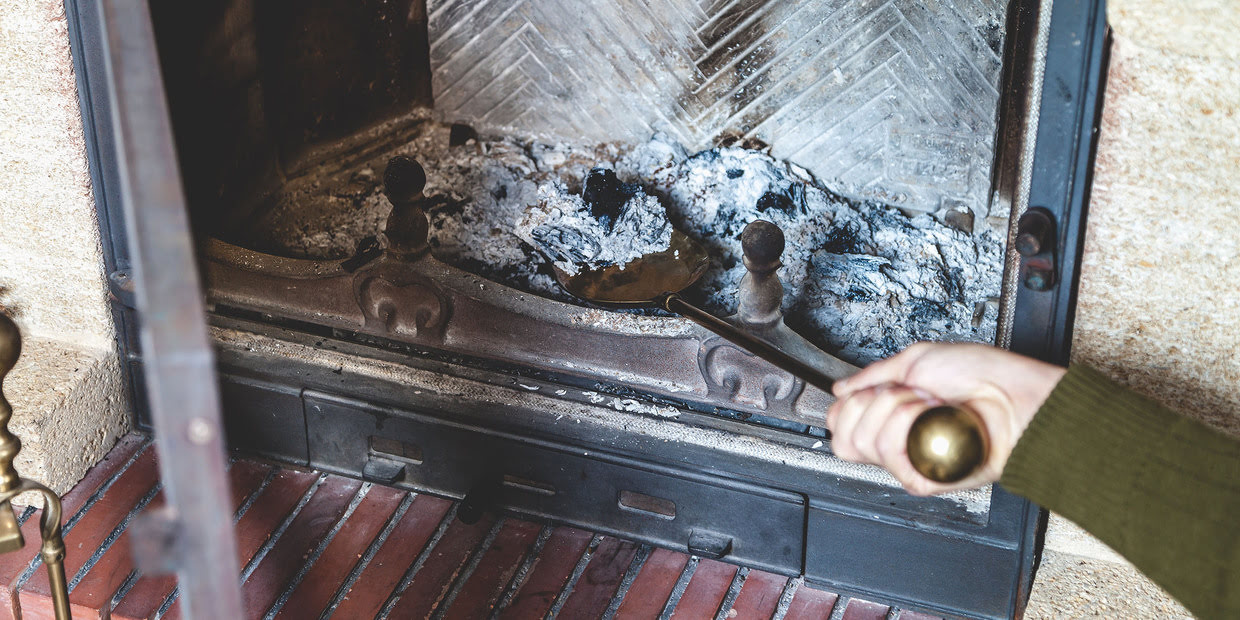
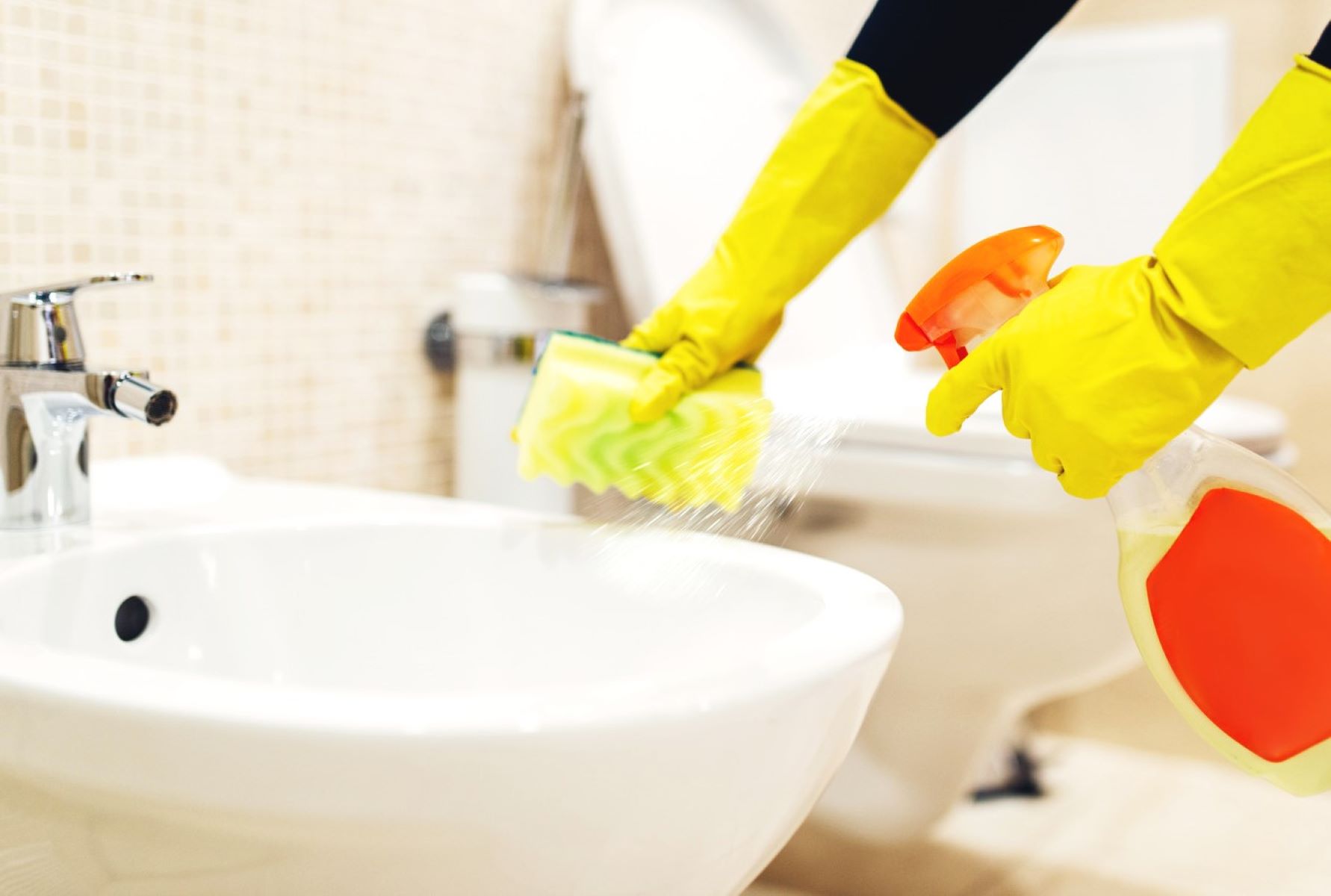
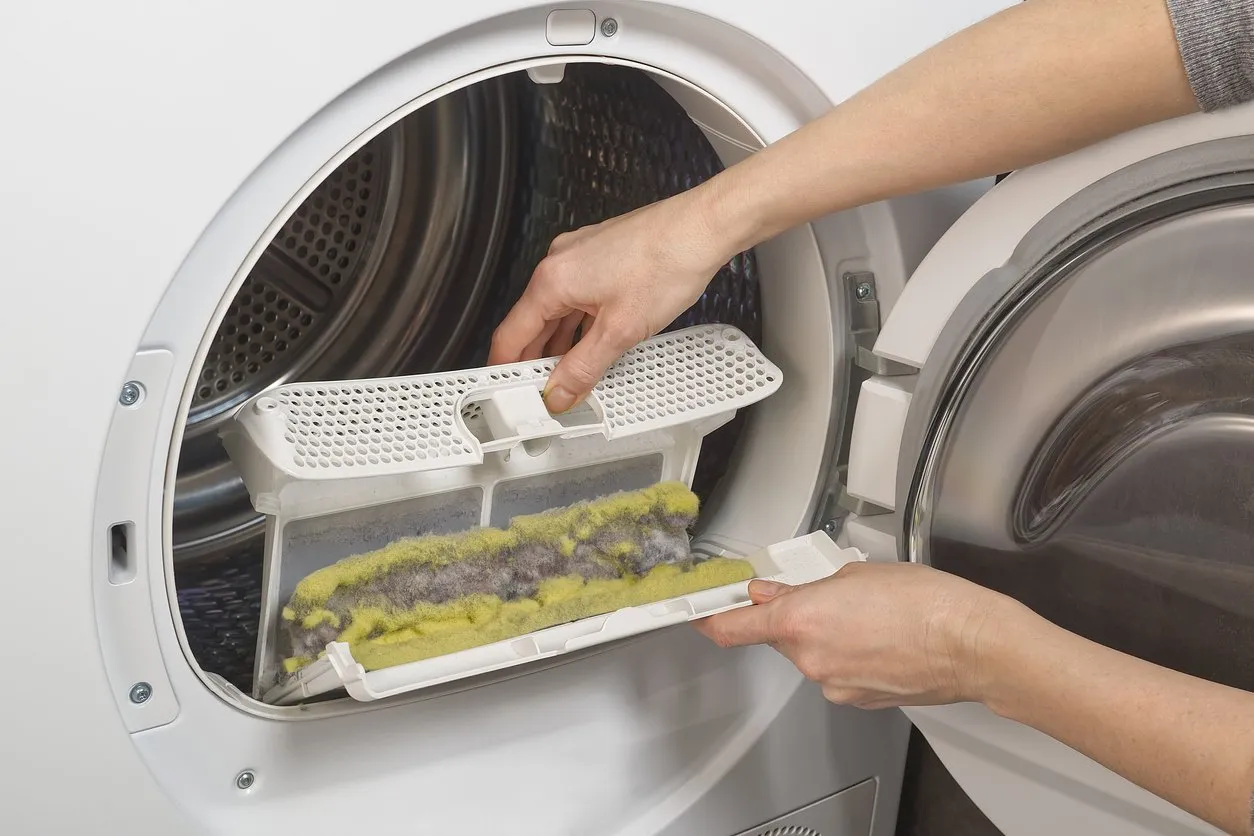
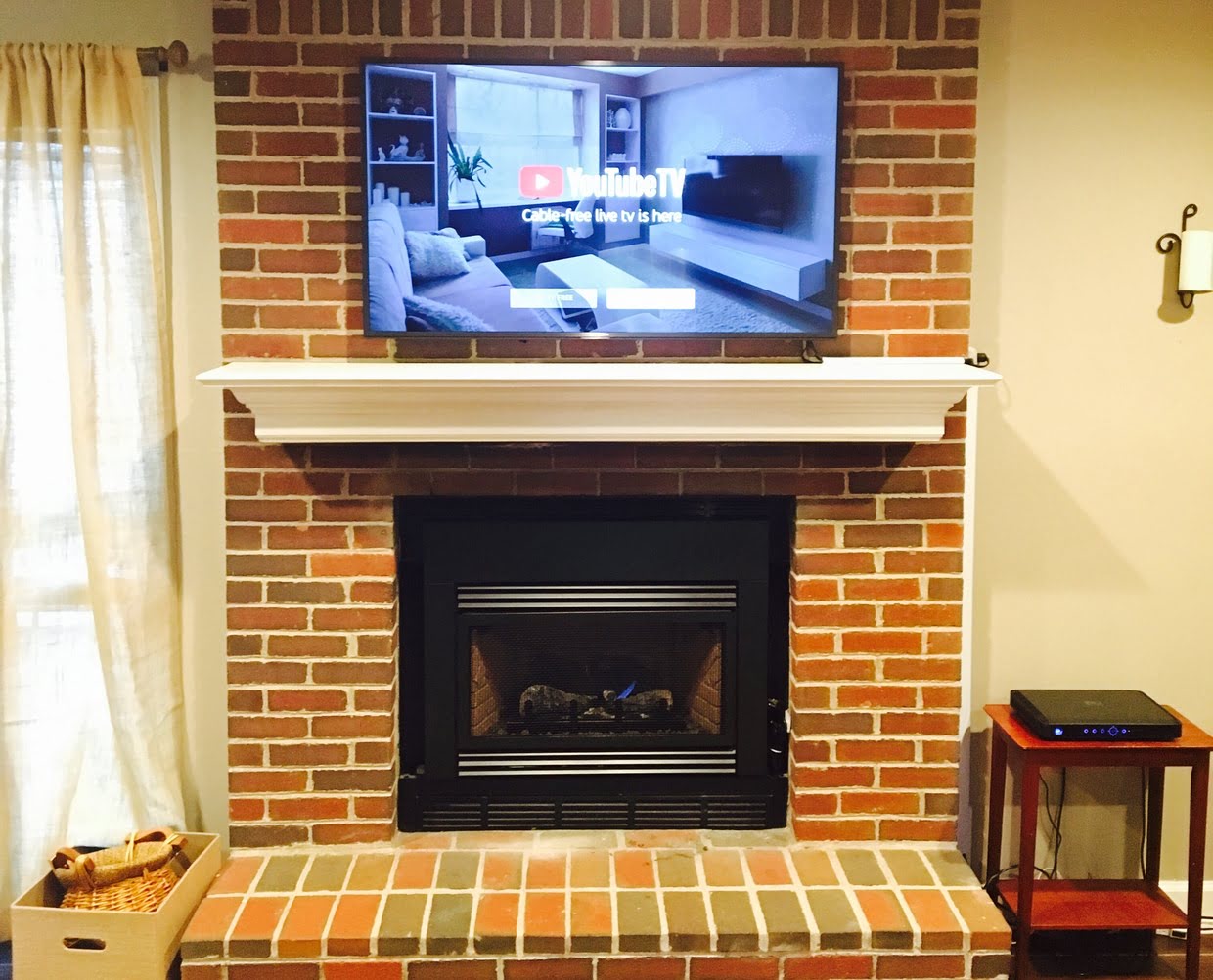
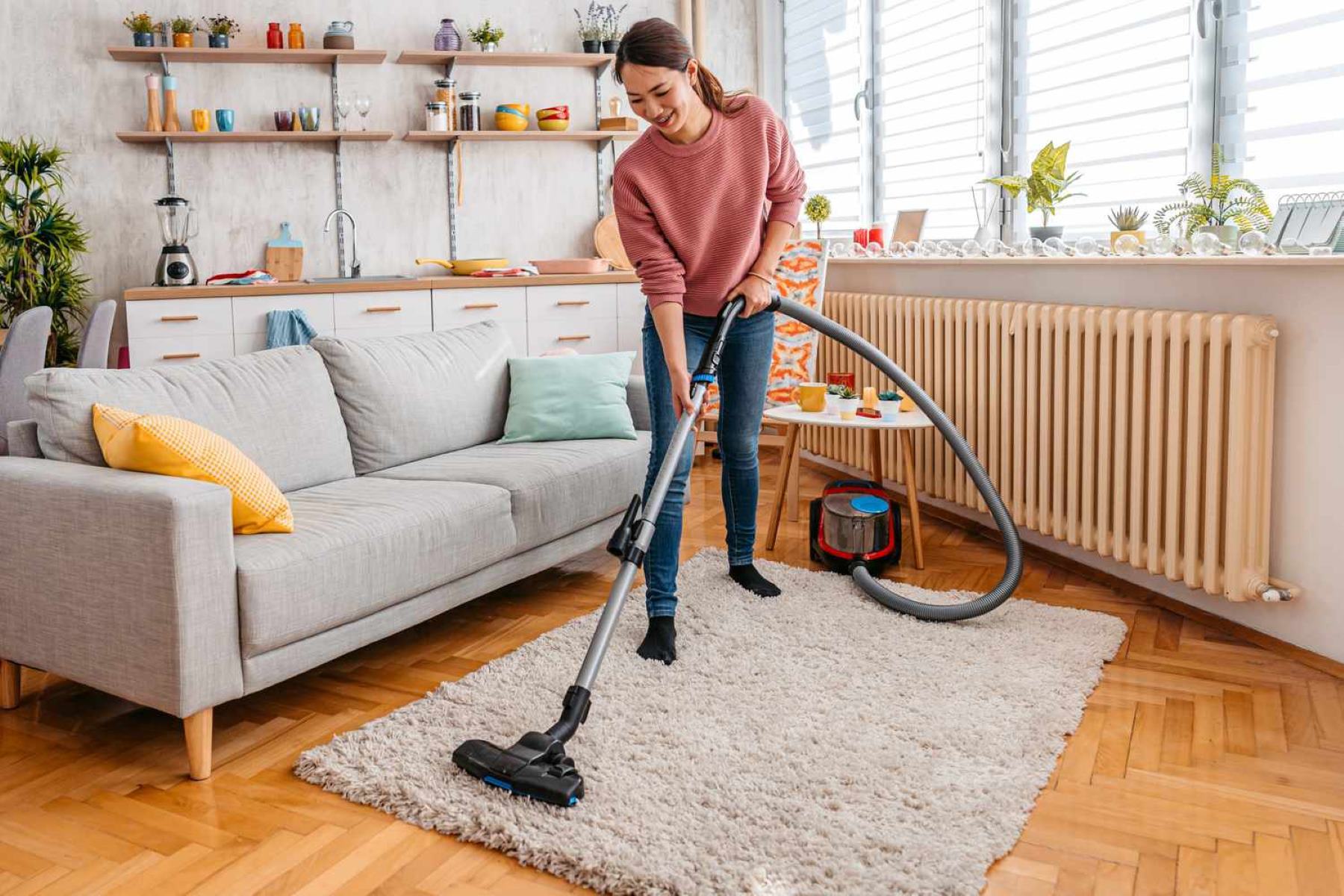
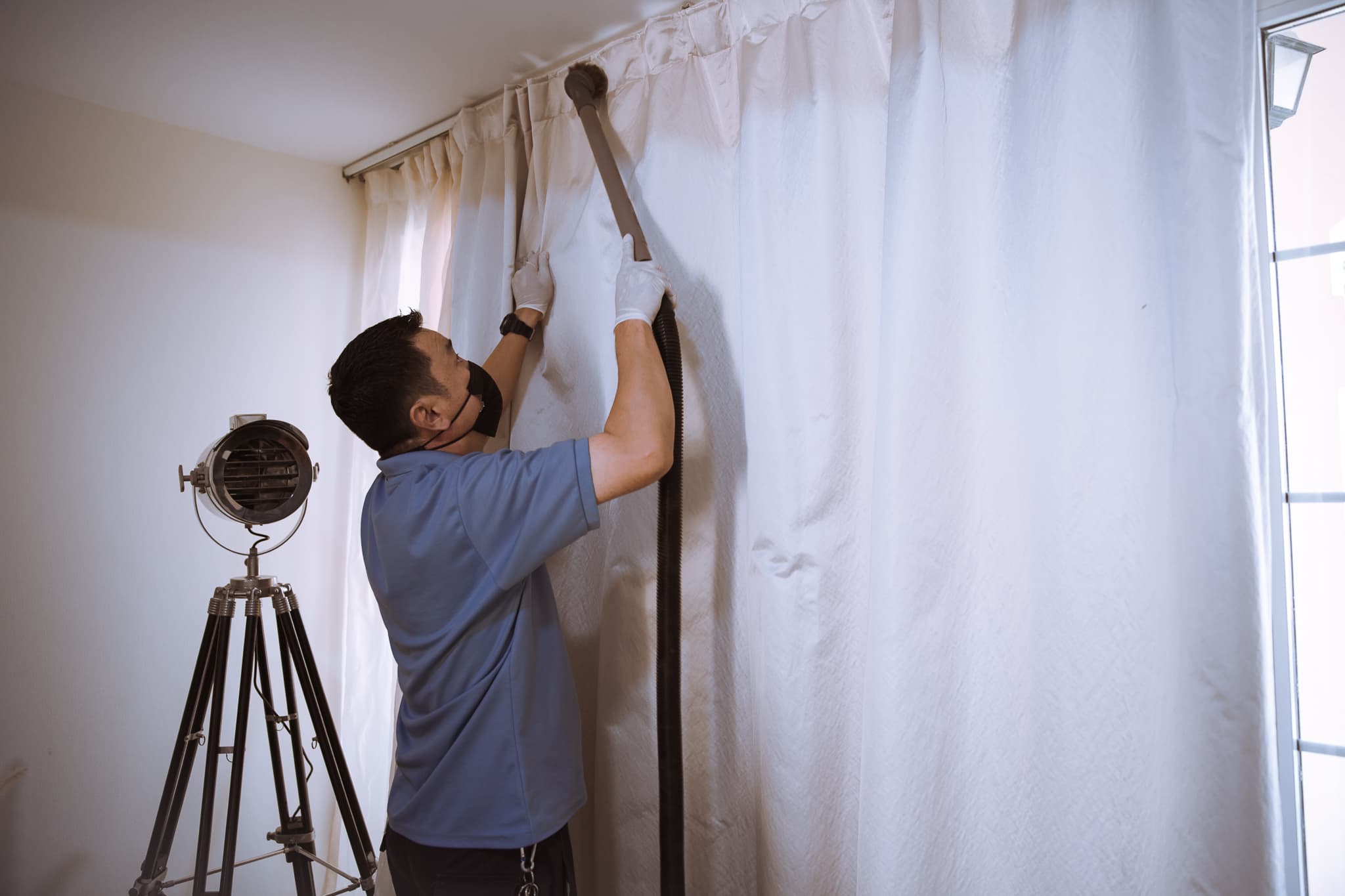
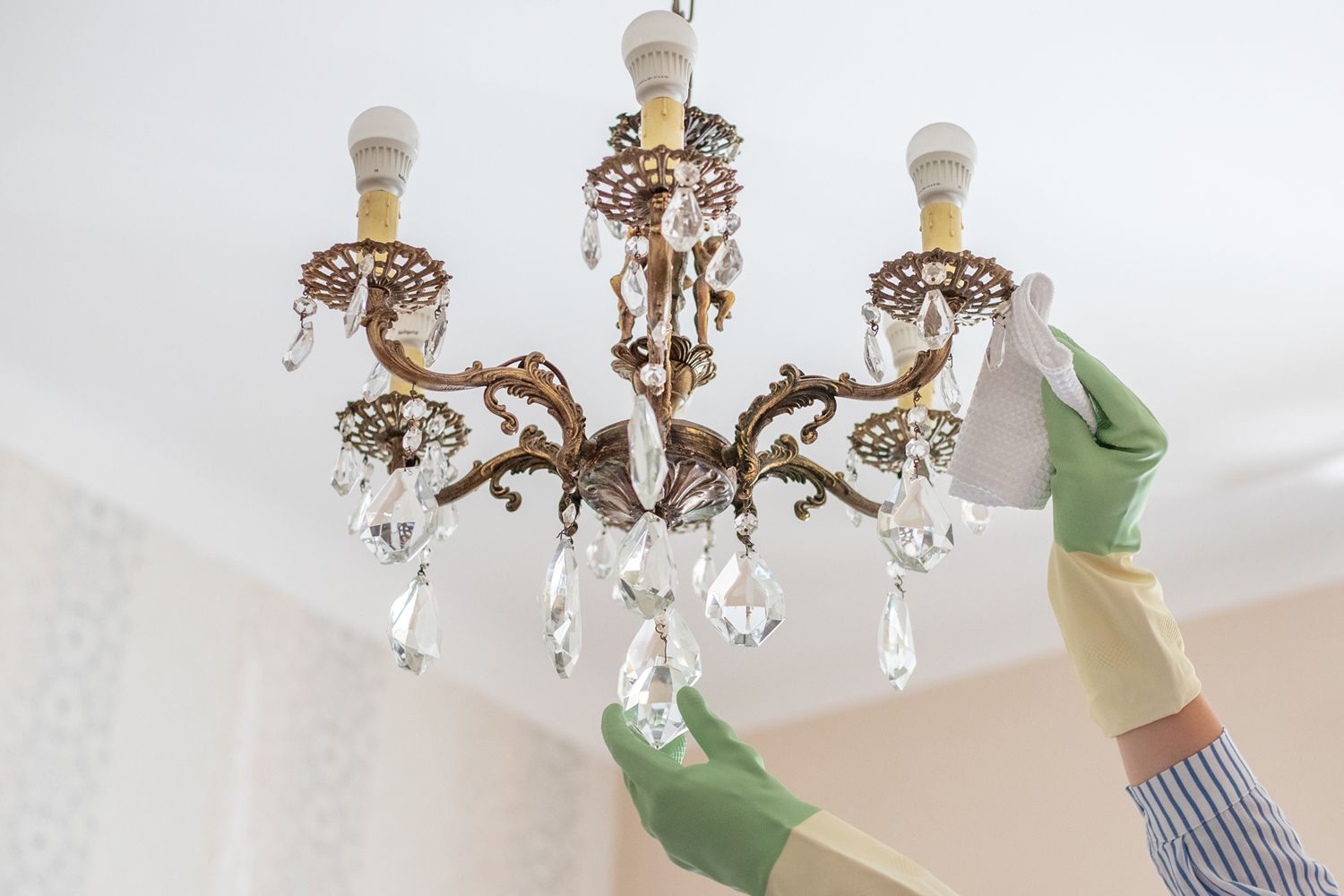
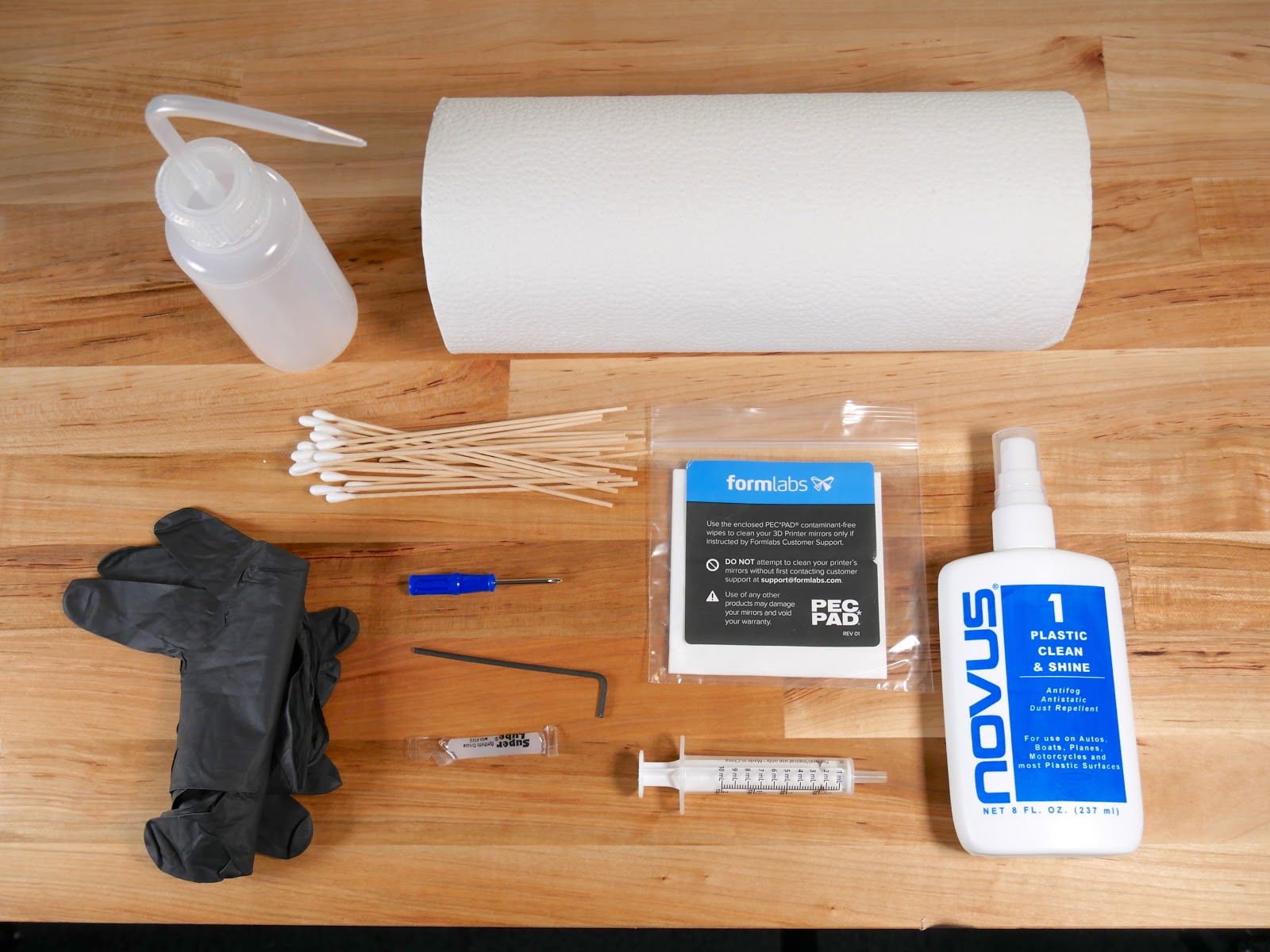
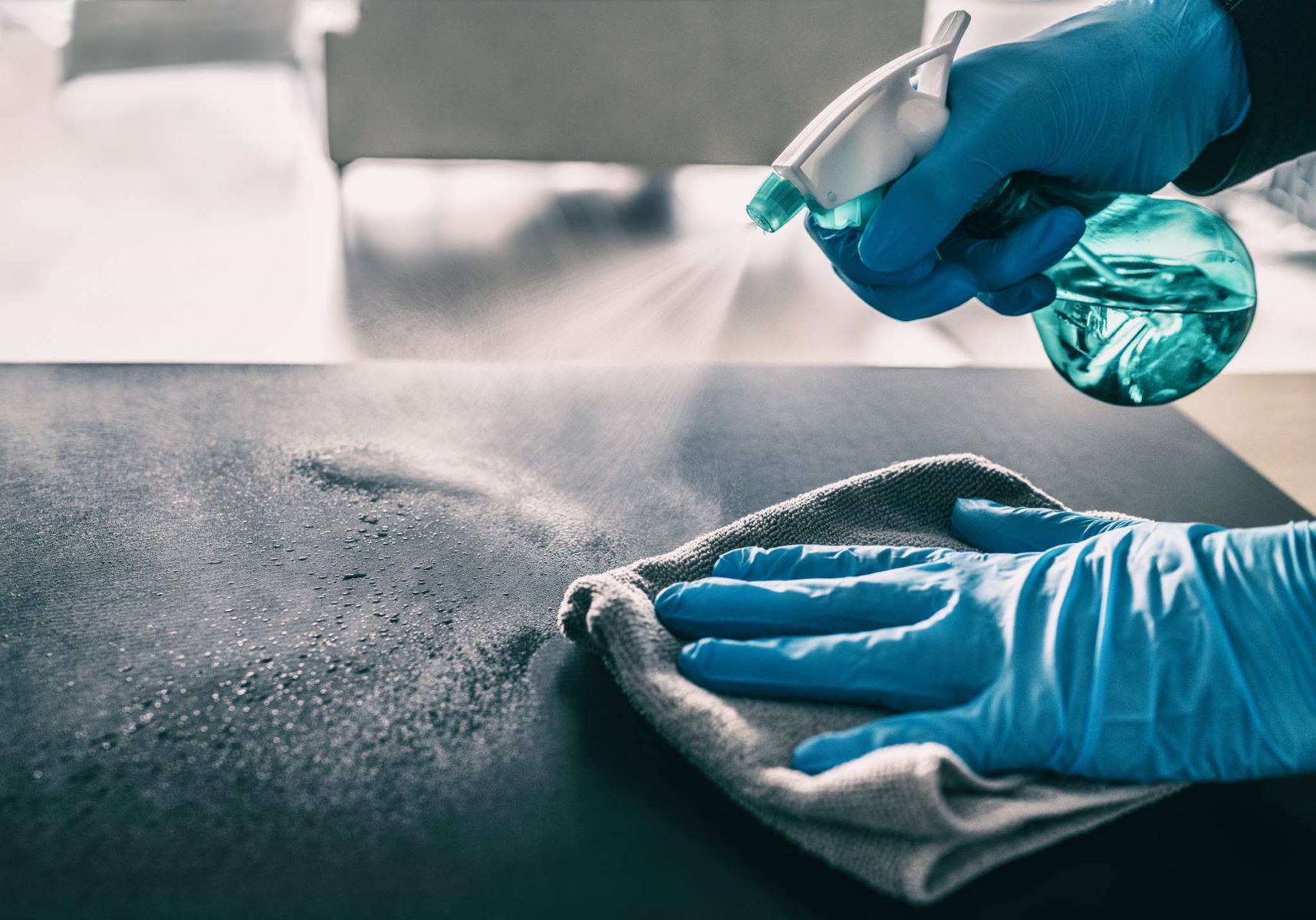
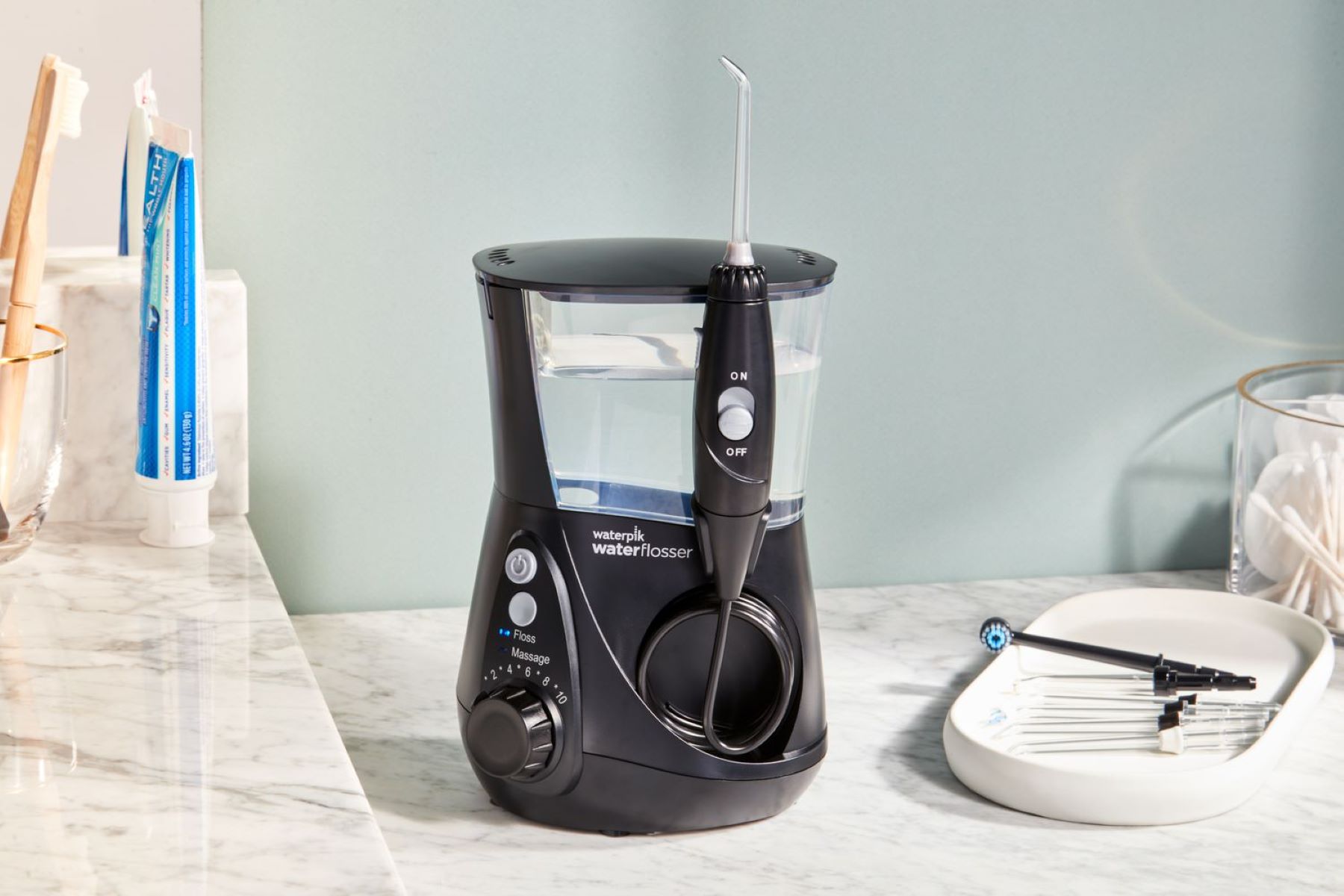
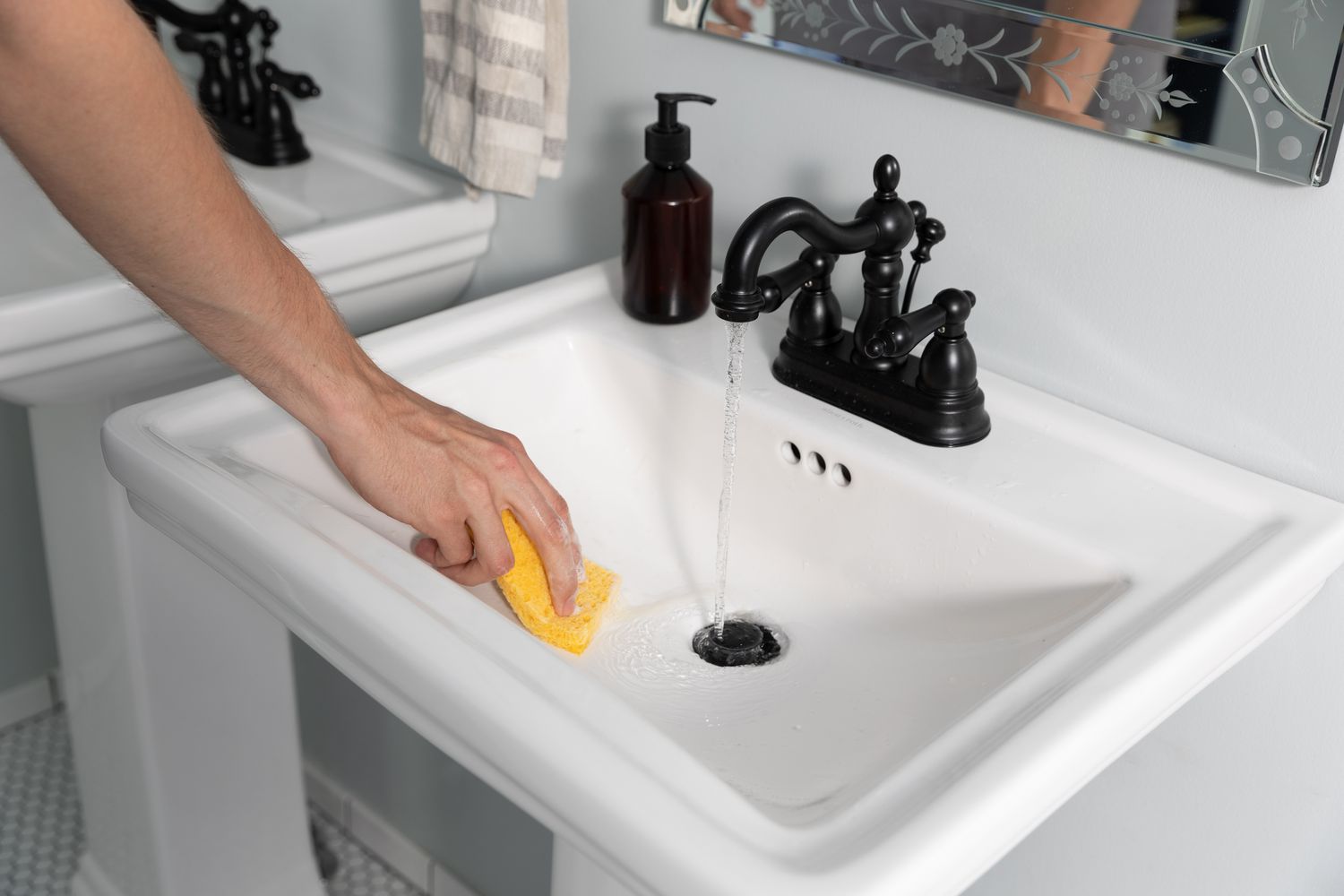
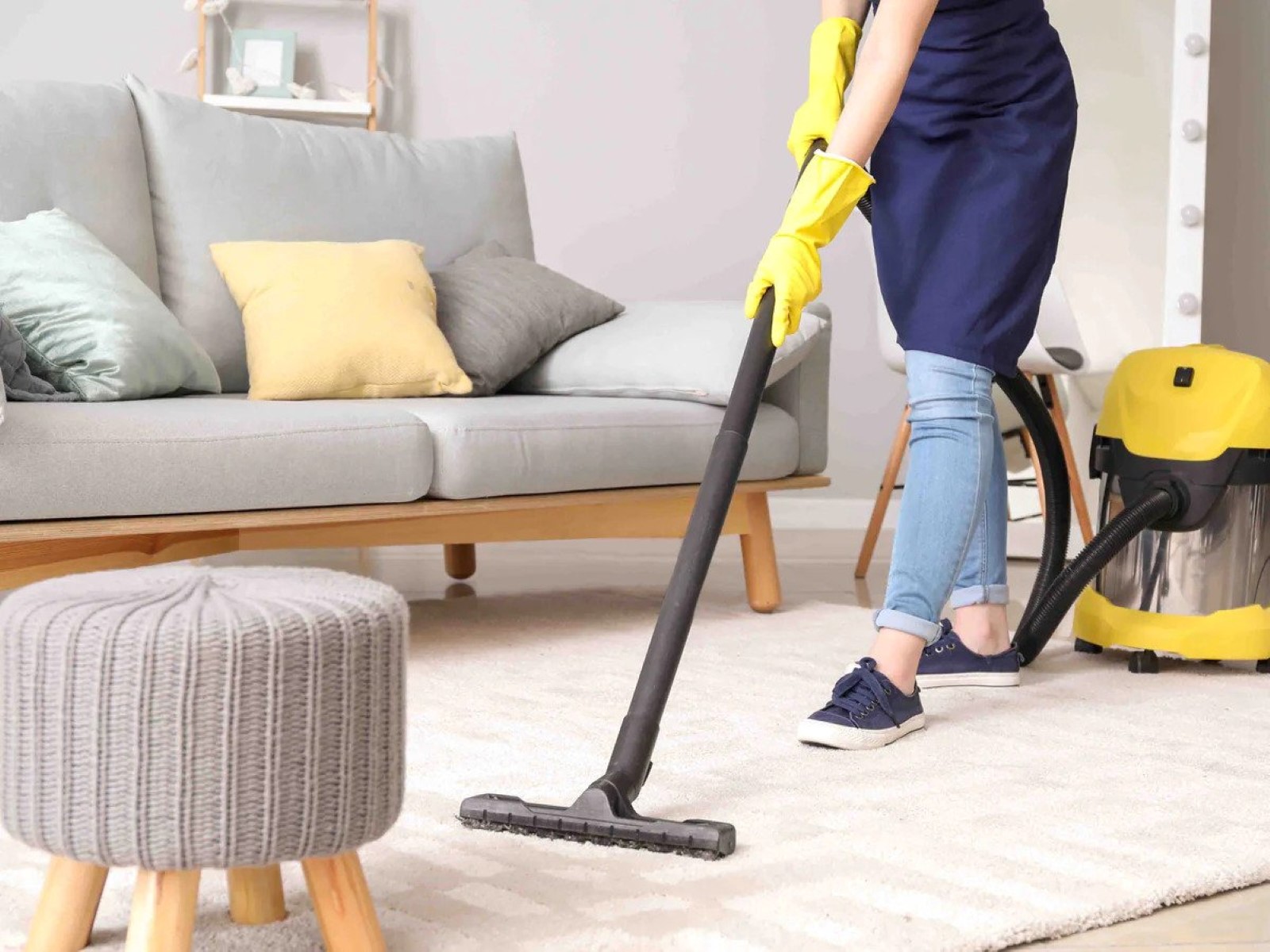
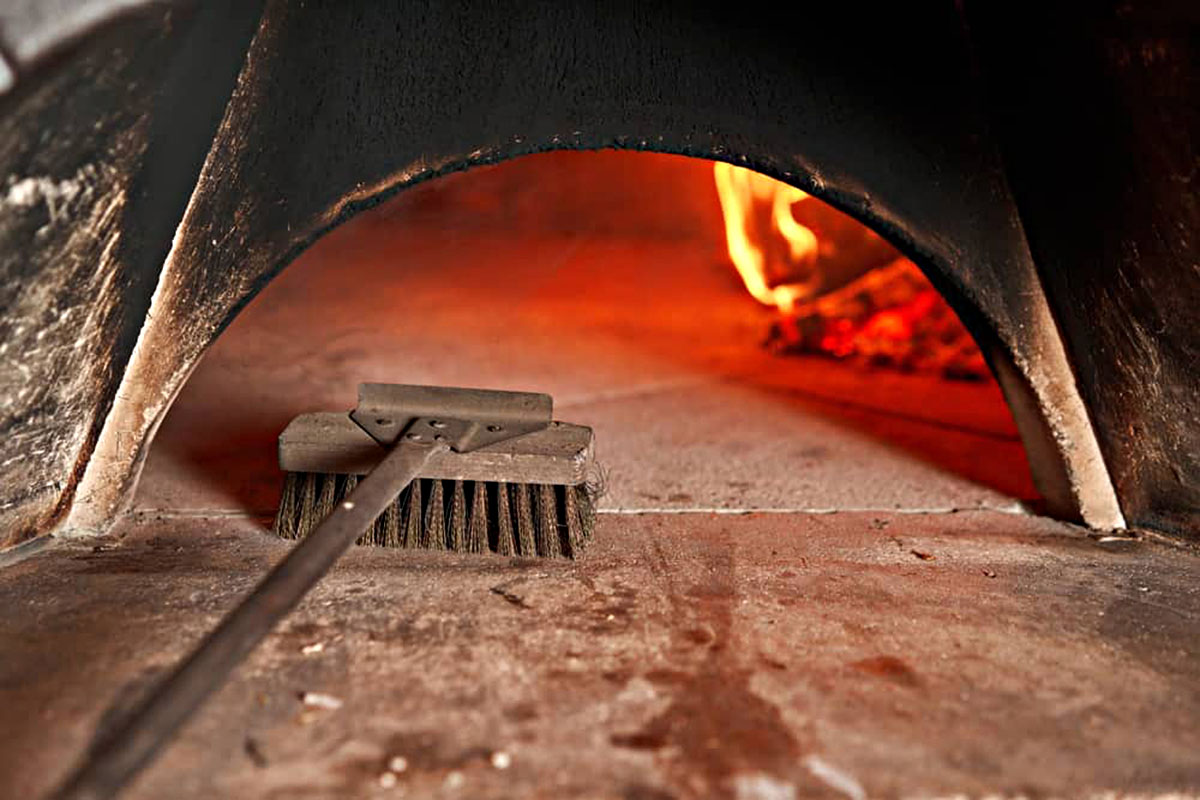
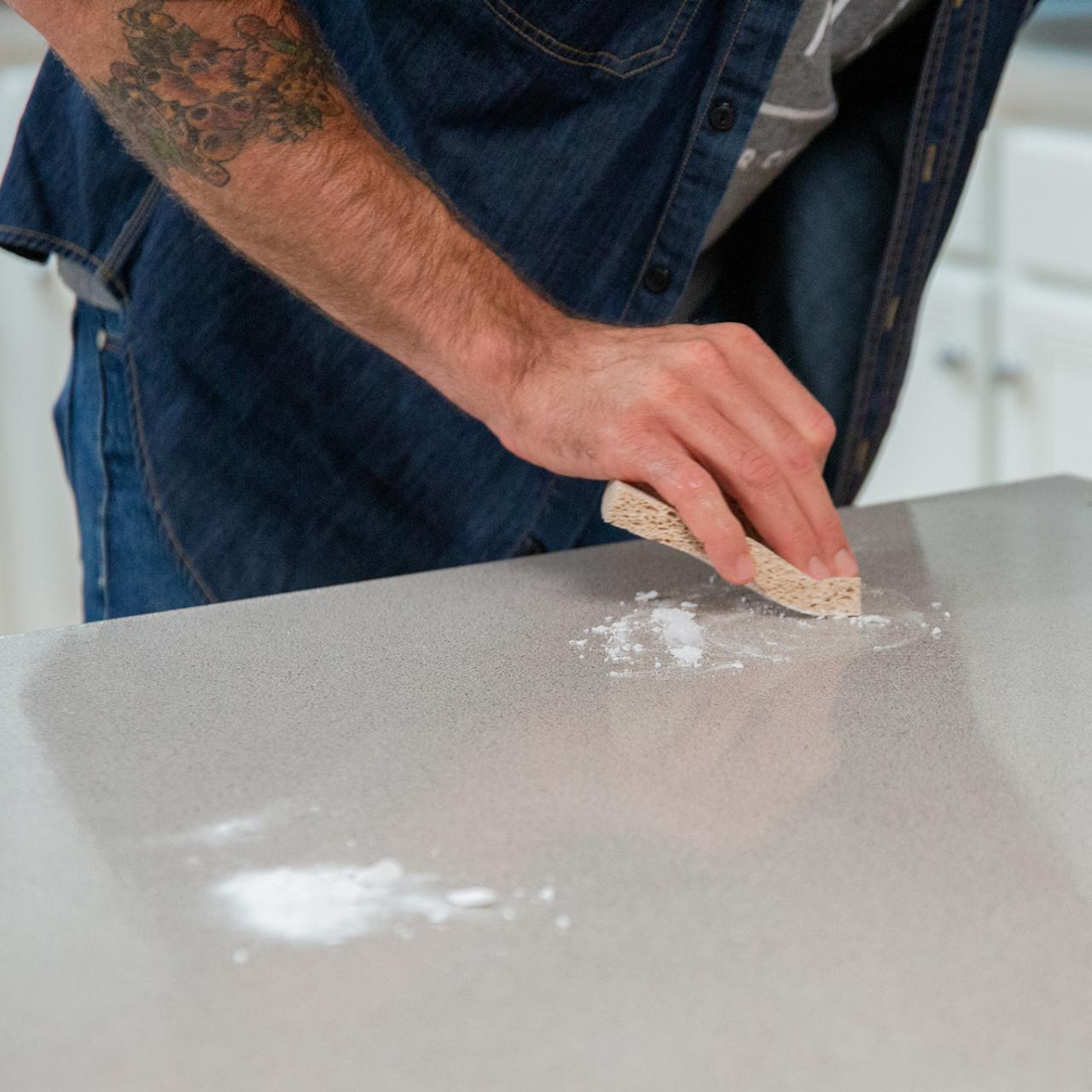

0 thoughts on “How Do You Clean A Fireplace”